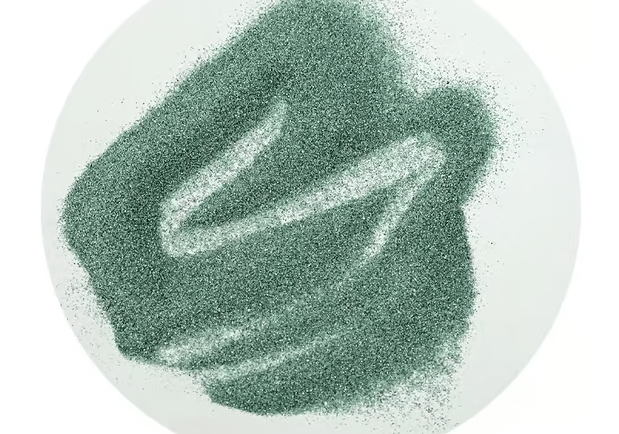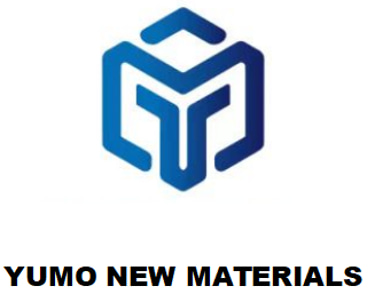HENAN YUMO: Engineered Precision, Uncompromised Performance
Green Silicon Carbide vs. Diamond Abrasives: When to Choose Which for Ultra-Hard Materials?
Engineers and procurement specialists: Stop overpaying for abrasives! Learn how to match grit chemistry to your material’s hardness, cost targets, and precision needs.
6/3/20252 min read


Green Silicon Carbide vs. Diamond Abrasives: The Ultimate Guide for Ultra-Hard Material Machining
Engineers and procurement specialists: Stop overpaying for abrasives! Learn how to match grit chemistry to your material’s hardness, cost targets, and precision needs.
1. The Hardness Paradox: Not All "Ultra-Hard" Means Diamond
Ultra-hard materials (Vickers hardness ≥2500 HV) like tungsten carbide (WC), cubic boron nitride (CBN), and sapphire demand abrasives that outlast them. While diamond reigns as the hardest known material (Mohs 10), green silicon carbide (SiC) (Mohs 9.5) delivers surprising advantages where pure hardness isn’t the only factor:
Diamond’s Achilles’ Heel: Reacts with ferrous metals above 700°C, forming iron carbides that blunt cutting edges.
Green SiC’s Edge: Chemically inert up to 1600°C, making it ideal for high-temp alloys like Inconel or titanium.
2. Cost vs. Performance: Breaking Down the Numbers
Scenario 1: Machining Tungsten Carbide Cutting Tools
Diamond Abrasives:
Pros: 15% faster material removal in wire drawing dies.
Cons: Costs $500–$800/carat; requires coolant to prevent graphitization.
Green SiC:
Pros: 40% lower cost per kg; withstands dry grinding of WC-Co inserts.
Cons: 20% slower than diamond on grades >90 HRA.
Verdict: Use diamond for finishing (Ra ≤0.1μm), green SiC for roughing.
Scenario 2: Polishing Synthetic Sapphire for LED Substrates
Diamond Slurries: Achieve Ra 0.05μm but risk carbon contamination.
Green SiC Slurries: Deliver Ra 0.08μm with zero semiconductor defects.
Data Point: Switching to F2000 green SiC reduced wafer scrap by 22% in a Seoul optoelectronics fab.
3. 5 Key Selection Criteria (Beyond Hardness)
Material Reactivity
Choose diamond for: Non-ferrous metals, PCD, ceramics.
Choose green SiC for: Iron-based alloys, reactive metals (Ti, Zr), silicon wafers.
Thermal Management
Green SiC’s thermal conductivity (120–270 W/m·K) dissipates heat 3x faster than diamond in pulsed laser machining.
Surface Finish Requirements
Diamond: Unmatched for sub-0.05μm finishes (e.g., optical mirrors).
Green SiC: Optimal for 0.05–0.5μm finishes (e.g., medical implant polishing).
Budget Constraints
Green SiC costs $80–$150/kg vs. diamond’s $500+/carat. For large-scale production (e.g., solar ingot slicing), SiC slashes consumable costs by 60%.
Environmental Impact
Diamond mining carries high ecological disruption; synthetic diamond production consumes 300 kWh/carat.
Green SiC is made from silica sand and petroleum coke, with recyclable slurry waste.
4. Industry-Proven Application Strategies
Aerospace Turbine Blade Refurbishment
Challenge: Repair nickel superalloys without micro-cracks.
Solution:
Step 1: Coarse removal with green SiC F46 resin wheels.
Step 2: Final polish with diamond pastes (3–6μm).
Result: 30% faster than full-diamond process, 15% cost savings.
Cemented Carbide Drill Bit Manufacturing
Problem: Diamond abrasives embed in cobalt binders, causing premature wear.
Fix: Green SiC vitrified wheels (F80–F120) for entire grinding cycle.
Data: Tool life extended from 200 to 350 drill bits/wheel.
5. The Future: Hybrid Solutions & Tech Innovations
Diamond-Coated SiC Abrasives: CVD diamond films on SiC cores boost wear resistance while cutting costs 40% (patent-pending by Fraunhofer IPT).
AI-Driven Abrasive Selection: Platforms like GrindOptics use machine learning to recommend grits based on material XRD data.
Sustainable Diamond Alternatives: Nano-crystalline green SiC (≤0.1μm) now matches diamond’s polishing performance on zirconia ceramics.
Your Action Plan
Test Both: Run head-to-head trials on your specific material.
Optimize Grit Progression: e.g., Green SiC F220 → Diamond 15μm for WC molds.
Monitor Wear: Use SEM analysis to detect abrasive degradation early.
